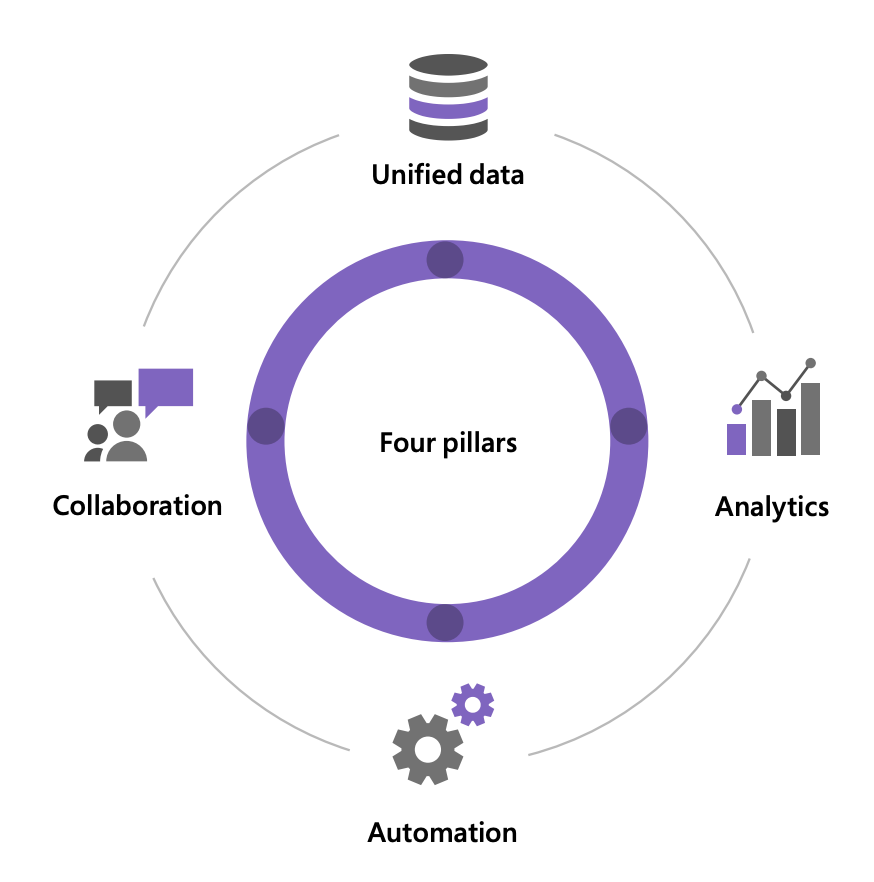Disruptions have become a new “normal”, unfortunately. Users began to see a lot of disruptions going on with the supply chain recently that caused struggles, often wiping out gains from years of careful cost optimization.
Leaders can increase revenue and margins, reduce operating expenses, adapt more quickly to changing markets, and meet customer needs more precisely than others.
As the COVID-19 pandemic has shown, companies need the ability to quickly identify shortages, demand spikes, and supplier disruptions to win and keep customers as conditions change.
And the question is pretty simple: how is the system to be improved to become agile, resilient, and optimized to help D365 Supply Chain Management overcome the issues.
Challenges
There are a lot of challenges that have occurred among users that frequently have been spotted on Tier 1 suppliers and have been lost beyond the same Tier 1, making the multi-tier supplier network quite fuzzy.
Furthermore, users also tended to have challenges understanding where their bottlenecks were. The visibility of multiple tiers of suppliers across the supply chain was simply terrible.
Often, when users were trying to communicate with their supplier network, there were challenges with interoperability and understanding of one another because there was no single standard and schema structure.
And so, despite users would build a lot of reporting and getting data from these suppliers – it was not even close to the real-time experience. The reports did not match what was on the ground reality, causing further complexity in business decisions.
Solution
Although there are other apps on the market to show supply chain insights, new Dynamics 365 Supply Chain Insights shall overpower them. It aims to bring together the whole host of products and capabilities from Azure to scale to Power Platform.

Then, it provides an ability to collaborate with teams to improve agility, should a disruption has been happened. Not to mention, it is a low code / no code experience, be it data ingestion or an extension of app development tools.
Leading the next generation of business applications
The primary focus of the solution is on data, to bring it from various systems of an organization under one roof, harmonizing and thus providing insights and automation to business processes and customer experience.
Then, it is all about the rise of new technologies and squeezing as much as we can out of AI. Users will be able to leverage the power of Microsoft, both AI capabilities and AI resources, to build models that can give insights into what’s happening in the supply chain.
Think as if it is a flywheel: you bring your data, the system returns visibility over your supply chain. It provides base analytics, AI models, and potential disruptions that could have happened or are happening, making issues predictable and you – agile and resilient.
Then, once you collaborate on a specific disruption with either internal or external stakeholders, the result will be used to improve the system and build further models, analytics, and insights to be added later.
Collaborate
The product has been built as a participant-to-participant network. Think of it as a kind of LinkedIn for Supply Chain, with an ability to bring customers, suppliers, manufacturers. And once, let’s say, a manufacturer receives an invite and goes in and signs up for supply chain insights, much like LinkedIn – he becomes an equal participant with its account.
The idea is to sync ERP, data, and logistic systems to bring the data in and share it with other users – even without inviting anybody into a network. Thus, you can get value for your supply chain right away and build a more resilient supply chain.
You always have control of your data in the process and can share it with participants you approve of and agree to share it with.



